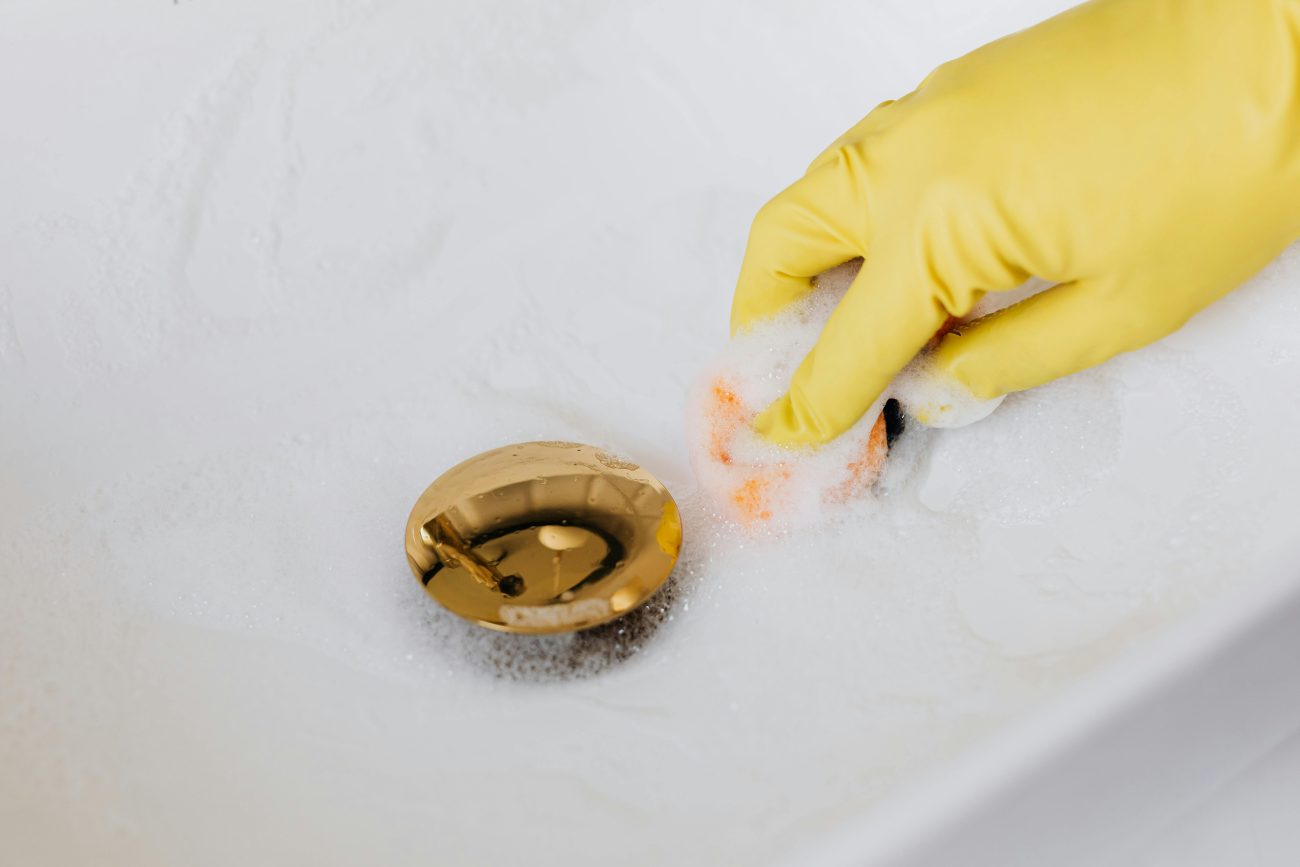Introduction
A clogged sink can turn your daily routine into a frustrating mess — but you don’t need harsh chemicals to fix it. In this 2025 eco-friendly guide, you’ll learn how to unclog your kitchen or bathroom sink using safe, effective, and affordable methods. These techniques protect your pipes, your health, and the environment.
Why Avoid Chemical Drain Cleaners?
Chemical drain cleaners are often:
- Corrosive to metal and PVC pipes
- Harmful to skin and eyes
- Toxic to children and pets
- Bad for the environment (pollute water systems)
Instead, try natural and mechanical alternatives that work just as well.
Tools and Supplies You’ll Need
- Plunger
- Baking soda
- White vinegar
- Boiling water
- Salt
- Wet/dry vacuum (optional)
- Sink snake (drain auger)
- Old toothbrush or small wire brush
- Bucket and rags
Method 1: Boiling Water (Best for Minor Clogs)
- Boil a full kettle of water.
- Slowly pour half the water into the drain.
- Wait 30 seconds.
- Pour the remaining water.
- Repeat twice if needed.
Why It Works: Heat melts grease and softens soap scum.
Method 2: Baking Soda and Vinegar Reaction
- Pour 1/2 cup baking soda into the drain.
- Follow with 1 cup vinegar.
- Cover the drain with a plug or rag.
- Wait 15 minutes while the reaction breaks down debris.
- Flush with boiling water.
Bonus Tip: Repeat once a month as preventive maintenance.
Method 3: Salt and Baking Soda Paste
- Mix 1/2 cup table salt with 1/2 cup baking soda.
- Add just enough water to make a paste.
- Push the paste into the drain.
- Let sit overnight.
- Flush with hot water in the morning.
Method 4: Use a Plunger
- Fill the sink partially with warm water.
- Cover the overflow hole with a rag (if applicable).
- Position the plunger over the drain and pump forcefully.
- Repeat 10–15 times until you feel the blockage move.
Note: This works best for blockages near the top of the drain.
Method 5: Manual Removal with a Sink Snake
- Remove the drain stopper.
- Insert the sink snake into the drain.
- Twist and push to break up or pull out the clog.
- Clean the tool after use.
Method 6: Wet/Dry Vacuum (Optional)
- Set the vacuum to “wet mode.”
- Seal the drain opening with a rag around the hose.
- Turn on full suction for 10–15 seconds.
- Listen for gurgling sounds — a sign the clog has cleared.
When to Disassemble the Drain (Trap Cleaning)
If the above methods fail:
- Place a bucket under the U-shaped pipe (P-trap).
- Unscrew the connectors.
- Remove debris manually.
- Rinse all parts and reassemble.
Caution: Wear gloves and prepare for unpleasant smells.
Preventing Future Sink Clogs
- Don’t pour grease down the drain
- Use a drain strainer to catch hair and debris
- Run hot water for 30 seconds after each use
- Clean with vinegar and baking soda monthly
Eco-Friendly Drain Maintenance Schedule
| Frequency | Task |
|---|---|
| Weekly | Run hot water 30 seconds |
| Monthly | Baking soda + vinegar flush |
| Quarterly | Remove and clean P-trap |
Frequently Asked Questions
Q1: Is it safe to use vinegar and baking soda in all types of sinks?
Yes — it’s safe for stainless steel, porcelain, ceramic, and most plastics.
Q2: Why does my sink keep clogging?
Common causes include food waste, hair, grease, and mineral buildup.
Q3: Can I use a coat hanger instead of a sink snake?
Yes, straighten it and make a small hook — but be careful not to scratch the pipe.
Q4: What if none of these methods work?
You may need to call a plumber. The blockage could be deeper in the plumbing system.
|How to Remove Sticker Residue from Any Surface (2025 Complete Guide)
